- About us
- Support the Gallery
- Venue hire
- Publications
- Research library
- Organisation chart
- Employment
- Contact us
- Make a booking
- Onsite programs
- Online programs
- School visit information
- Learning resources
- Little Darlings
- Professional learning
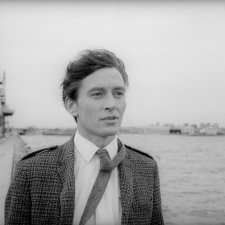
Gael Newton looks at Australian photography, film and the sixties through the novel lens of Mark Strizic.
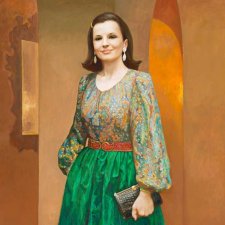
Penelope Grist finds philanthropy and fashion underpin the story of Susan Wakil AO.
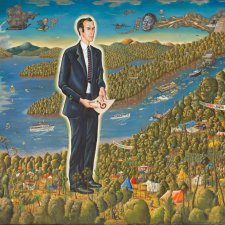
Michael Desmond explores the complex portrait of Dr Bob Brown by Harold 'The Kangaroo' Thornton.
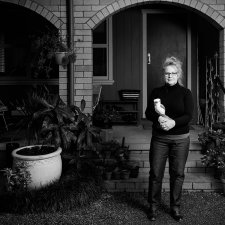
Robyn's parents had two terriers, Wuff and Snuff. In spite of Snuff’s ominous name and a couple of close shaves – once, he jumped out of a moving car, and another time, on a long road trip, he was accidentally left behind at a petrol station – he outlived Wuff.
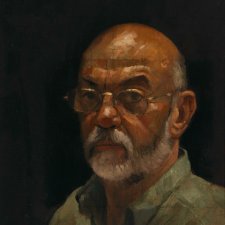
Sarah Engledow chronicles Rick Amor's work and accomplishments in this extensive essay in conjunction with the exhibition Rick Amor: 21 Portraits.

English artist Benjamin Duterrau took up the cause of the Indigenous peoples of Tasmania with his detailed and sympathetic renderings.
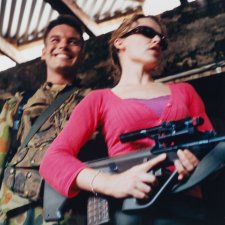
The photographs from Matthew Sleeth's tour of duty series look more like advertisements than images of war.
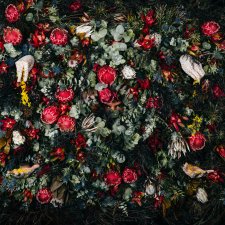
Penelope Grist, National Photographic Portrait Prize judge and curator, introduces the 2020 Prize.
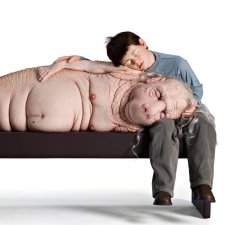
An exhibition of humanness in ten themes by Penelope Grist.
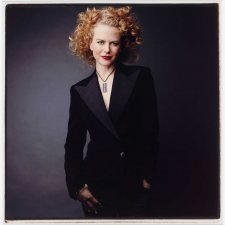
The exhibition Australians in Hollywood celebrated the achievements of Australians in the highly competitive American film industry.
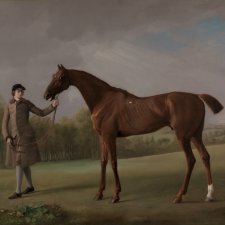
One of the chief aims of George Stubbs, 1724–1806, the late Judy Egerton’s great 1984–85 exhibition at the Tate Gallery was to provide an eloquent rebuttal to Josiah Wedgwood’s famous remark of 1780: “Noboby suspects Mr Stubs [sic] of painting anything but horses & lions, or dogs & tigers.”
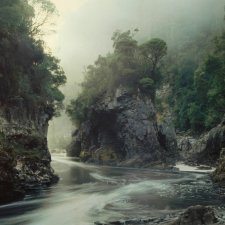
Olegas Truchanas and Peter Dombrovskis, photographers and conservationists, shared a love of photography and exploring wilderness areas of Tasmania.
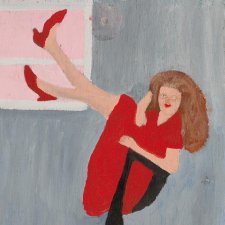
Robyn Sweaney's quiet Violet obsession.
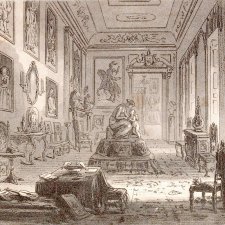
It may seem an odd thing to do at one’s leisure on a beautiful tropical island, but I spent much of my midwinter break a few weeks ago re-reading Bleak House.
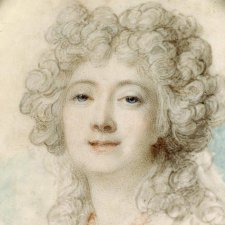
Joanna Gilmour looks beyond the ivory face of select portrait miniatures to reveal their sitters’ true grit.
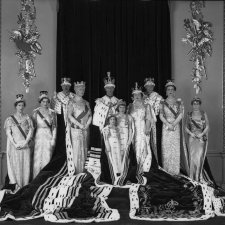
I keep going back to Cartier: The Exhibition at the National Gallery of Australia next door, and, within the exhibition, to Princess Marie Louise’s diamond, pearl and sapphire Indian tiara (1923), surely one of the most superb head ornaments ever conceived.